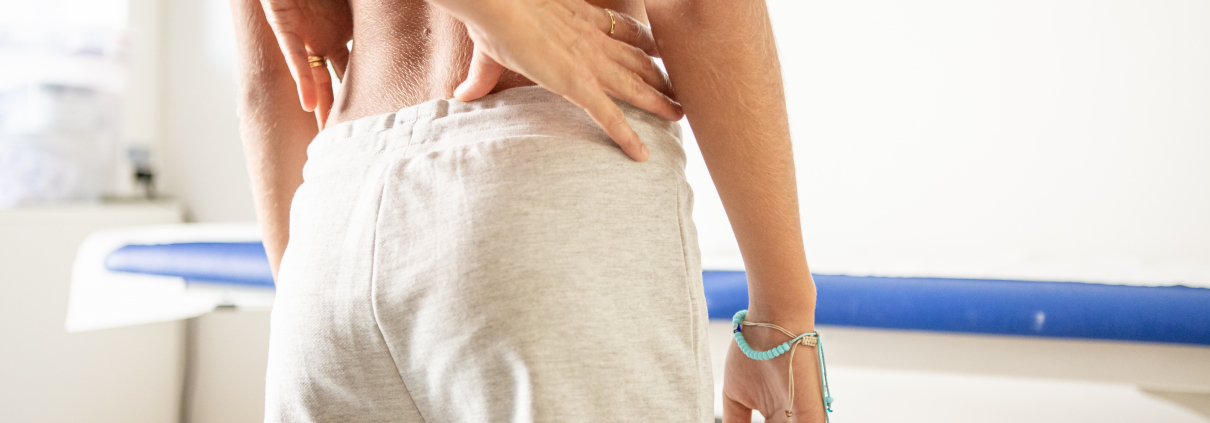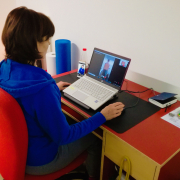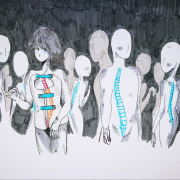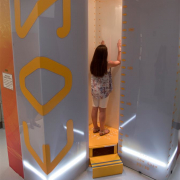A perfectly straight back? That’s pretty rare!
It is as rare to have a perfectly straight back and perfectly symmetrical body as it is to have scoliosis, a condition that affects no more than 5% of the population. Scoliosis is linked to different factors that influence the shape and development of the spine in the three planes of space.
What causes it? In most cases, we still don’t know.
On the other hand, we are very familiar with how the condition typically evolves. We know that scoliosis that is left untreated will worsen as an effect of bone growth. Therefore, to limit its effects, it is essential to obtain an early diagnosis and undertake an effective treatment, guided by experts in the field.
- When should scoliosis be treated? Let’s look at two key parameters
There are two elements that tell us the seriousness of a case of scoliosis, namely, the amplitude of the curve (measured in Cobb degrees) and the individual’s bone age (Risser sign).
Briefly, with regard to the amplitude of the curve
- 0 – 10 Cobb degrees → no scoliosis
- 10 – 15 Cobb degrees → mild scoliosis
- 16 – 34 Cobb degrees → moderate scoliosis
- 35 – 44 Cobb degrees → moderately severe scoliosis
- 45 Cobb degrees or more → severe scoliosis
Instead, to evaluate bone age we use a scale of 0 to 5 (where 5 corresponds to complete bone maturation).
The phase in a youngster’s development in which scoliosis is most likely to worsen is the pubertal growth spurt, a period in which their growth rate speeds up and they grow considerably. On average, this phase begins between the ages of 11 and 13 years in girls, and 12 and 14 years in boys, and this generally corresponds to the passage from level 0 to level 1 on the Risser scale.
The subsequent phases, of course, are not risk free, but in most cases the speed of growth progressively declines, and for this reason, so does the risk of progression of scoliosis.
- 0-10 Cobb degrees: is it correct that even if there’s an asymmetry we don’t need to worry?
If a patient has an X-ray that shows a curve measuring less than 10 Cobb, he/she will not be diagnosed with scoliosis and no treatment will be prescribed, only further monitoring of the situation according to how much the patient is still expected to grow.
Nevertheless, the image will show some asymmetry of the spine, and on observing this, even slight, curvature, patients and parents quite often become alarmed.
No one likes to be told that their spine or their child’s spine is “asymmetrical”, and they can be sceptical or even disappointed to learn that nothing needs to be done.
- “We don’t all come out of the same mould!”
It is probably as rare to have a perfectly straight spine and a perfectly symmetrical trunk as it is to have scoliosis.
We often tell our patients that “we don’t all come out of the same mould”, in order to explain, in simple terms, that everyone of us presents some (more or less visible) physical asymmetries.
Think of the different parts of the body that we have two of. If we were to measure the precise length and size of our hands, feet, arms and legs, we would almost certainly find they show some minor differences.
In the presence of a difference in length of the lower limbs (typical during growth), for example, it is quite common to find a proportional inclination of the pelvis and, consequently, of the spine.
In this case, however, the scoliosis serves a “functional” purpose, as its contributes to the maintenance of the body’s balance and can thus be interpreted as a useful compensatory response and unlikely to worsen as the youngster grows.











Leave a Reply
Want to join the discussion?Feel free to contribute!